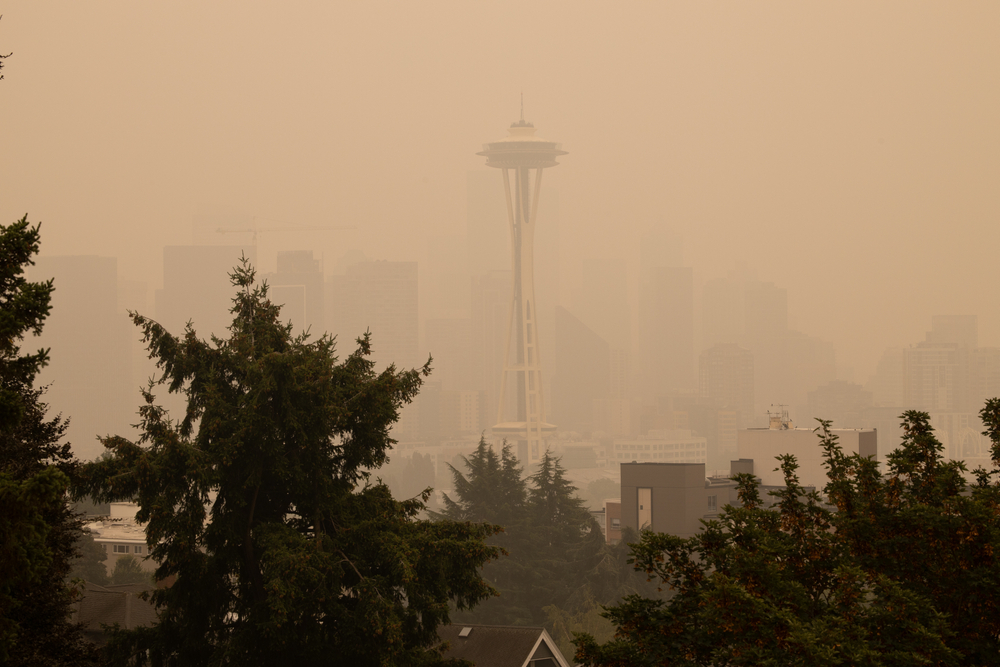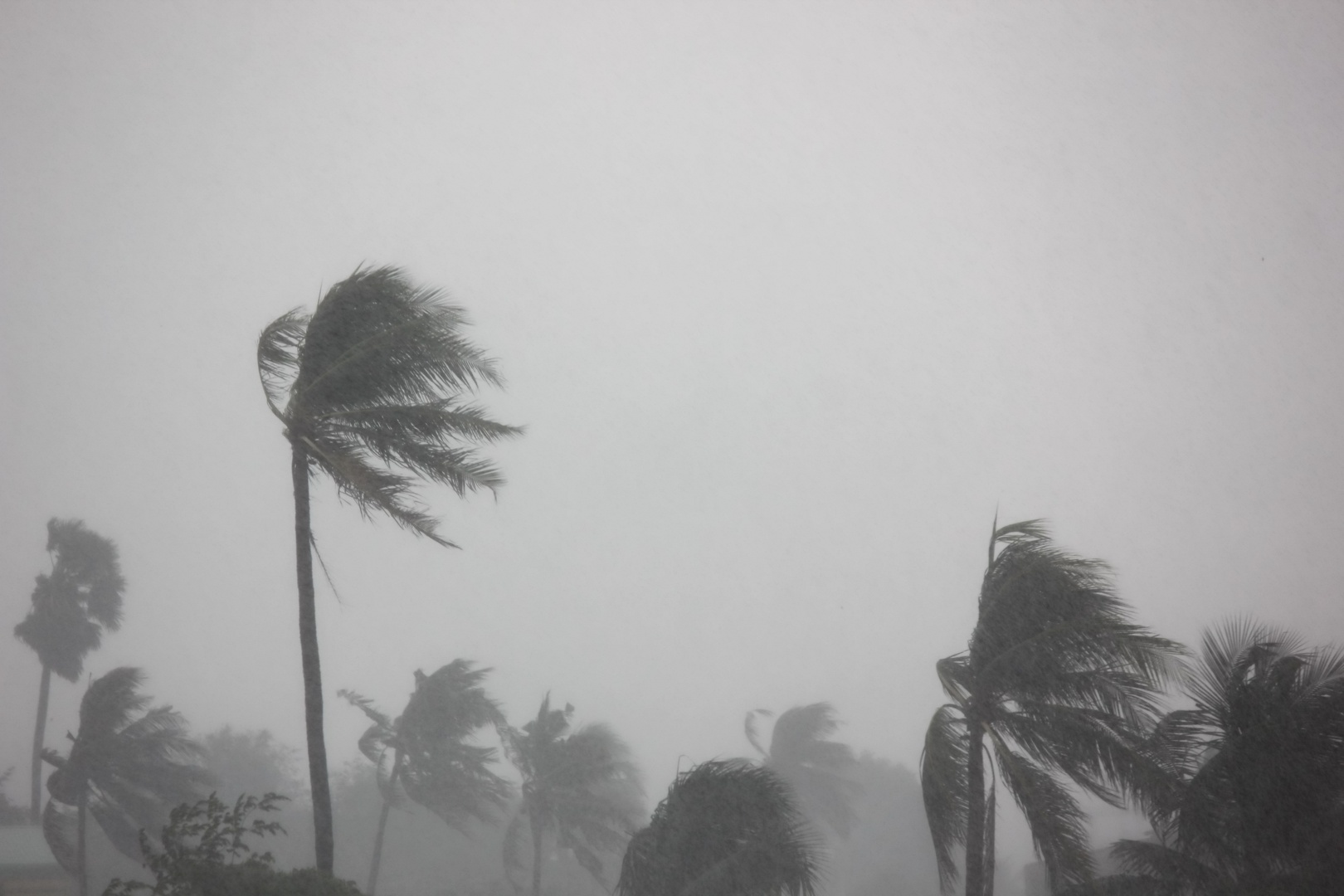Floods are one of the most expensive and destructive natural disasters – 90% of natural disasters in the U.S. involve flooding. Unfortunately, they’re increasing in frequency and severity. As a result, the number of properties at risk of flooding has been rising every year, meaning more homeowners are at risk of serious damage to their homes. Not only can the excess water damage the structure of your house, but it can also destroy your belongings.
Flooding can happen in many ways and may last for hours to days. Heavy rainfall, often from a hurricane, atmospheric river, or thunderstorm, is the most common cause of flooding and can overwhelm drainage systems, inundate rivers and lakes, and top dams and levees. Coastal flooding is also a major issue. For example, as sea levels rise, regular tidal flooding along the coast, called nuisance flooding, is becoming more common.
However, your house can flood from severe storms, surging bodies of water, over-saturated ground, thawing snow, or overflowing rivers, lakes, ponds, and oceans. Even 1-2 inches of water entering your home can cause $25,000 in damage or more, making it a wise move to protect your home with flood insurance.
To help current and future home searchers understand the impact of climate change on flooding in their area, Redfin has partnered with climate nonprofit First Street to show the Flood Factor® for every property on Redfin.com. Flood Factor® builds off of decades of peer-reviewed research to show the current and future flood risk for every home, city, and county so homebuyers and homeowners have all the information they need when deciding where to live.
Flood Factor® uses a patented Flood Model to determine potential flood risks from rain, streamflow, sea level rise, tides, and storm surges for any location in the United States and Puerto Rico. More information can be found on the Risk Factor™ website.
Flood Risk Frequently Asked Questions
What is flood risk?
Is my house in a flood zone?
If you’re not sure if your house is in a flood zone, check the Federal Emergency Management Agency’s (FEMA)’s Flood Map and type in your address. This will tell you your flood zone.
How do I protect my home from flooding?
-Install a battery-powered sump pump.
-Elevate your furnace and water heater, and reinforce them with study barriers to make damage less likely.
-Seal basement walls with waterproofing compounds.
-Relocate furniture to higher ground.
-Install plumbing shut-off and check valves to prevent flood water from backing up into your drains.
-Install barriers or sandbags around your home if building codes permit it.
-Create an emergency flood plan and home inventory list.
-Build and maintain an emergency kit.
Is flood insurance required?
How much does flood insurance cost?
If you have a discounted premium that is below your risk-based premium, your premium will increase by up to 18% per year until you reach your risk-based premium. (In most cases; some policies are discounted by law.)
Flood insurance was designed to be an affordable way for homeowners on the coast to cope with flooding. However, as flooding has become more common, NFIP (the government agency that manages flood insurance) launched Risk Rating 2.0 to better serve homeowners, which changed pricing structures.
How much flood insurance do I need?
How to get flood insurance?
Does my homeowner’s insurance cover damage from flooding?
Flood insurance can cover a property, contents in the property, or both, so evaluate your potential needs to ensure you get the correct type of coverage.
Does renter’s insurance cover flood damage?
How to find out if a property has flooded before?
One way to work around this is to ask your insurance company to run a Comprehensive Loss Underwriting Evaluation (CLUE) report to look for any past flood claims on the property. This report helps you if the previous homeowner processed a flood claim, and is often the most straightforward and inexpensive way to learn if the home has flooded in the past.
Another option is hiring a home inspector to look for potential flood damage, like stains on the baseboards, ceilings, or basement, or any indications that repairs have been made to correct such damage.
The Top 10 U.S. Metros With the Highest Risk of Flooding
| Rank | Metro | Share of Properties With a High Flood Factor® Risk | Total Properties With a High Flood Factor® Risk |
|---|---|---|---|
| 1 | Key West, FL | 91% | 71,256 |
| 2 | Morgan City, LA | 91% | 39,775 |
| 3 | Houma, LA | 89% | 80,196 |
| 4 | New Orleans, FL | 88% | 443,900 |
| 5 | Punta Gorda, LA | 82% | 167,236 |
| 6 | Mount Gay, WV | 67% | 31,581 |
| 7 | Yuba City, CA | 66% | 44,860 |
| 8 | Kill Devil Hills, NC | 64% | 25,235 |
| 9 | Port Lavaca, TX | 60% | 13,120 |
| 10 | Washington, NC | 55% | 24,636 |
“High risk” is defined as a property having a Flood Factor® of 5 (major) or higher.
This page is for informational purposes only and should not be relied upon as a substitute for professional advice regarding flood risk or property safety. Learn more about our Editorial Guidelines here.
Is Your Home at Risk?
Discover how climate and natural hazards could impact your neighborhood







 United States
United States Canada
Canada